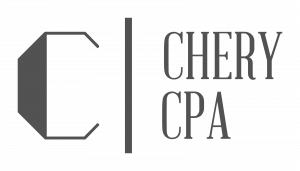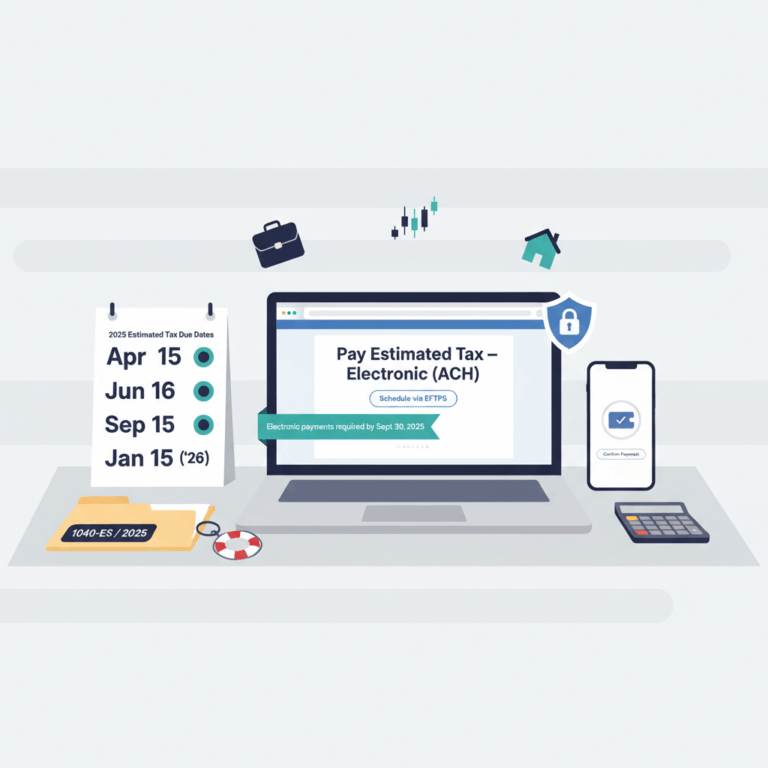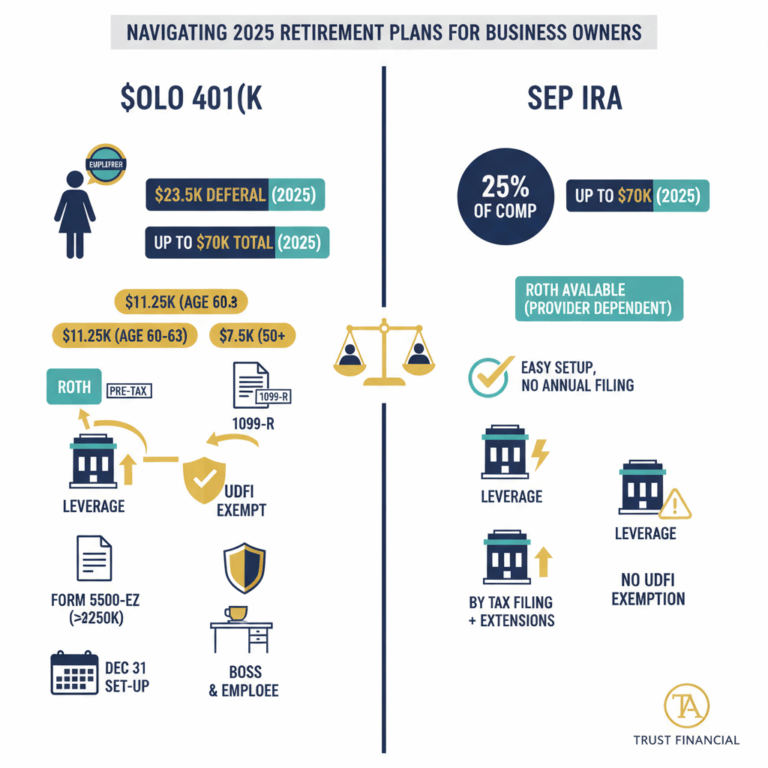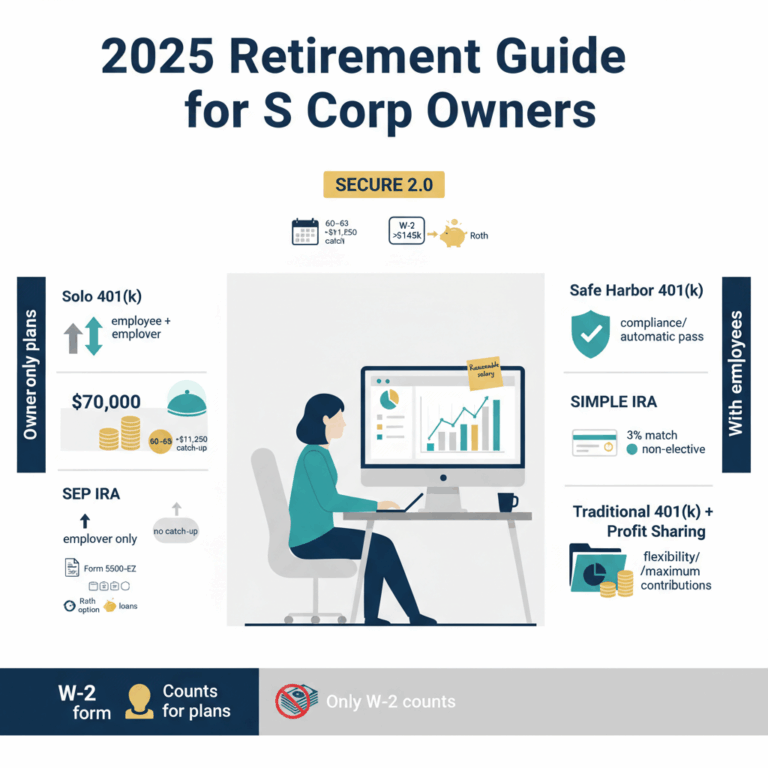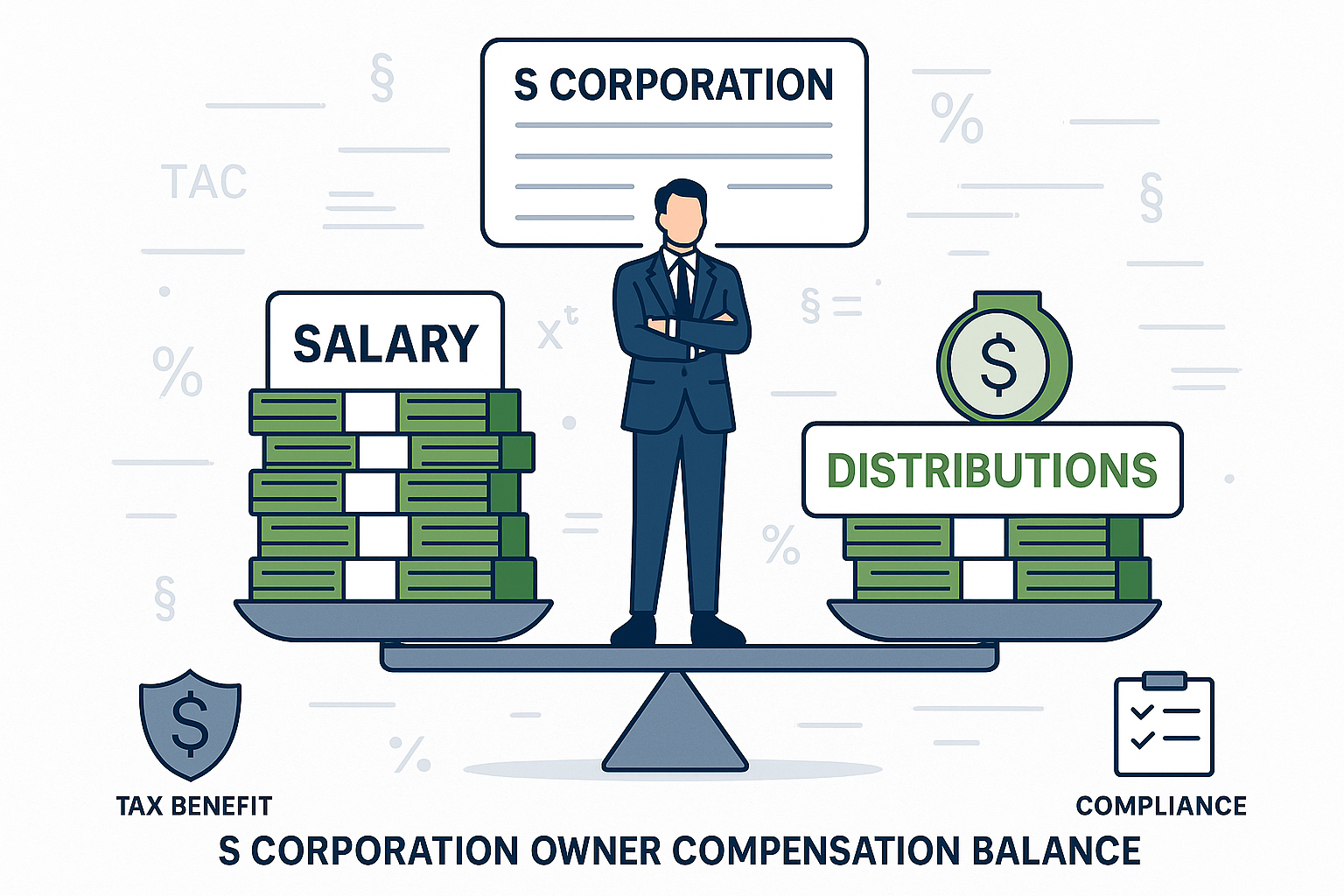Maximizing Tax Savings with Accountable Reimbursement Plans for S Corporation Owners
Navigating the complex landscape of corporate taxation requires strategic planning, especially for S Corporation owners seeking to optimize their financial position. An Accountable Reimbursement Plan represents one of the most effective tax-saving mechanisms available to S Corporation shareholders in today’s tax environment. These plans enable owners to receive tax-free reimbursements for legitimate business expenses while allowing their corporation to claim valuable deductions. Since the Tax Cuts and Jobs Act eliminated many unreimbursed employee expense deductions, implementing a properly structured Accountable Plan has become increasingly crucial. This comprehensive guide explores how S Corporation owners can establish compliant reimbursement systems, identify eligible expenses, and navigate IRS requirements to maximize tax advantages while minimizing audit risk.
Understanding Accountable Reimbursement Plans for S Corporations
An Accountable Reimbursement Plan for S Corporations is a structured system that allows owners and employees to receive tax-free reimbursements for qualifying business expenses paid with personal funds. These plans enable the corporation to deduct these costs while providing significant tax advantages to S Corp owners [Source: Collective].
S Corporation owners need to understand how these plans work, especially since the Tax Cuts and Jobs Act (TCJA) eliminated deductions for unreimbursed employee expenses in 2017. This change made accountable plans even more valuable as a tax planning strategy for business owners [Source: Teh CPA].
For a reimbursement plan to qualify as “accountable” in the IRS’s eyes, it must meet three essential criteria:
- Business Connection: Reimbursements must cover expenses incurred for services performed as an employee. This includes costs like home office expenses or a cell phone used partially for work [Source: Thomas Kopelman].
- Substantiation: All expenses must be properly documented with receipts or records showing amounts, dates, places, and business purpose. While a formal written policy isn’t explicitly required, establishing consistent procedures is crucial [Source: Online Taxman].
- Return of Excess: Any advances exceeding actual costs must be returned within a “reasonable period” or be treated as taxable wages [Source: WCG Inc].
The difference between accountable and non-accountable plans is significant. With an accountable plan, reimbursements are excluded from gross income and not reported on Form W-2. In contrast, non-accountable plan reimbursements are taxable as wages, reported on W-2, and subject to income and employment taxes [Source: Dean Dorton].
A common misconception is that informal arrangements are sufficient. However, proper documentation is essential – many S Corp owners mistakenly believe they can estimate business use percentages without clear records, which invites IRS scrutiny [Source: Texas Workforce Commission].
Let’s look at a practical example: If you have a $100 monthly cell phone bill and use it 70% for business purposes, an accountable plan allows tax-free reimbursement of $70 while your S Corp deducts this as a business expense. Without such a plan, you’d pay the full $100 personally with no tax benefit [Source: Collective Help Center].
By implementing an accountable plan, S Corporation owners can legally convert what would otherwise be nondeductible personal expenses into legitimate business deductions, creating significant tax savings while maintaining compliance with IRS regulations.
Tax Benefits and Financial Advantages
Let’s talk about why Accountable Reimbursement Plans are a game-changer for S Corporation owners when it comes to tax efficiency. If you’ve been running your S Corp without one, you’re likely leaving money on the table!
Slashing Your Tax Bill: The W-2 Income Reduction Effect
When you reimburse yourself through an Accountable Plan, those reimbursements aren’t included in your W-2 income. This creates immediate tax savings on multiple fronts.
For instance, let’s look at a business owner who uses their cell phone 70% for business purposes, costing $100 monthly. Under an Accountable Plan, the S Corporation can reimburse $70 each month as a tax-free payment to the owner [Source: Collective]. This creates annual tax savings of approximately $585 when you factor in federal income tax (24%), state income tax (7%), and payroll taxes (7.65%) [Source: Online Taxman].
Home office expenses offer even more substantial savings. Consider an S Corp owner using 25% of their home exclusively for business. With monthly utilities of $200 and internet of $100, the business portion equals $75 monthly. Implementing an Accountable Plan for these expenses saves approximately $285 annually in combined self-employment and income taxes [Source: Piece of Wealth Planning].
Why These Plans Became Crucial After the Tax Cuts and Jobs Act
The Tax Cuts and Jobs Act (TCJA) of 2017 eliminated the deduction for unreimbursed employee expenses for tax years 2018 through 2025 [Source: H&R Block]. Before this change, employees could deduct business expenses that exceeded 2% of their adjusted gross income. Now, that option is gone.
This makes Accountable Plans the only viable method for S Corporation owners to reduce their tax burden for legitimate business expenses. Without one, you’re stuck paying personal taxes on income that you’re using for business purposes – essentially paying taxes on money that isn’t actually personal income [Source: TurboTax].
Double-Sided Tax Benefits
Accountable Plans create a win-win tax situation for both you personally and your S Corporation:
- Corporation Benefits: Your S Corp deducts the reimbursed expenses directly from its taxable income, reducing the pass-through profits that would otherwise flow to your personal tax return [Source: Club Capital].
- Personal Benefits: The reimbursements you receive aren’t subject to federal income tax, state income tax, or the 7.65% payroll taxes (Social Security and Medicare) [Source: Thomas Kopelman].
For example, a business owner reimbursed $10,000 annually for legitimate business expenses through an Accountable Plan could save approximately $3,865 in combined taxes (assuming 24% federal, 7% state, and 7.65% payroll taxes).
Important Limitations to Keep in Mind
While Accountable Plans offer significant advantages, they come with restrictions:
- Documentation Requirements: You must maintain detailed records substantiating each expense’s business purpose, amount, and timing [Source: Collective].
- Legitimate Business Connection: Only genuine business expenses qualify. Personal expenses disguised as business costs will trigger IRS scrutiny [Source: Piece of Wealth Planning].
- Timely Reporting: Expenses must be substantiated and excess amounts returned within reasonable timeframes (typically within 60 days) [Source: Massey and Company CPA].
- Written Policy Recommended: While not strictly required by the IRS, having a formal written plan helps establish legitimacy and consistency [Source: Collective].
Remember, these plans work because they properly allocate true business expenses to the business entity. When implemented correctly, they’re perfectly legitimate tax planning tools that acknowledge the reality that business owners often pay for business expenses from personal accounts.
Qualifying Business Expenses and Documentation Requirements
When it comes to S Corporation Accountable Reimbursement Plans, knowing what expenses qualify and how to document them properly is crucial for maximizing tax benefits while staying compliant with IRS regulations.
Let’s break down the eligible expenses that can be reimbursed tax-free through your accountable plan:
Home Office Expenses
Your home office can be a significant source of legitimate business deductions. You have two main methods to calculate these expenses:
The Simplified Method lets you claim $5 per square foot (up to 300 square feet) of dedicated office space. For a 150-square-foot office, that’s $750 in deductions [Source: IRS]. This approach requires minimal documentation – just measure your space and keep a record.
Alternatively, the Actual Expense Method calculates the business percentage of your home (office square footage ÷ total home square footage) and applies this percentage to eligible home expenses like mortgage interest, utilities, and property taxes [Source: Massey & Company CPA]. While potentially offering larger deductions, this method requires detailed record-keeping and involves depreciation considerations.
Remember, regardless of method, your office space must be used regularly and exclusively for business to qualify for these deductions [Source: Piece of Wealth Planning].
Business Meal Expenses
Business meals are generally 50% deductible when properly documented. Your accountable plan should specify that for meal expenses to qualify, you need to record:
- Who attended
- The business purpose discussed
- The date and location
- The amount spent
Keep those receipts! The IRS requires substantiation within 60 days for accountable plan compliance [Source: Online Tax Man].
Be aware that “lavish or extravagant” meals aren’t fully deductible, though the IRS doesn’t specifically define this threshold. Use reasonable judgment based on your business circumstances [Source: BNN CPA].
Travel Expenses
Travel expenses offer significant reimbursement opportunities through your accountable plan. You can use either actual expenses or per diem rates:
For actual expenses, documentation requirements include receipts for transportation, lodging, and meals.
Alternatively, using IRS-established per diem rates simplifies documentation – in 2023, standard meal allowances ranged from $74-$98 depending on location [Source: Club Capital]. For lodging, rates vary by city (e.g., $144 in NYC).
When claiming mileage (70 cents per mile in 2025), maintain a detailed log showing dates, destinations, mileage, and business purpose [Source: Collective].
Technology Expenses
Cell phones, internet, and other technology expenses with mixed business and personal use require careful allocation. Document the business percentage of use for each device or service.
For example, if you use your smartphone 70% for business, your S corporation can reimburse you for 70% of the costs. However, you must maintain records substantiating this allocation [Source: PwC].
Without proper documentation, the IRS may reclassify these reimbursements as taxable compensation, subjecting them to payroll taxes [Source: Thomson Reuters].
Streamlining Documentation with Digital Tools
Several digital tools can help you maintain IRS-compliant documentation:
- Zoho Expense offers OCR-powered receipt scanning and AI-powered expense categorization [Source: Emburse].
- QuickBooks provides camera-based receipt capture with seamless integration to your accounting software [Source: NerdWallet].
- Expensify includes unlimited receipt scanning and helps identify tax-deductible expenses [Source: DeskTrack].
- Everlance is particularly useful for tracking mileage alongside other business expenses [Source: Everlance].
These apps can help you maintain the proper documentation needed for accountable plan compliance while making the process much less painful than traditional paper receipts and manual logs.
Creating and Implementing Your Accountable Plan
Establishing a proper accountable reimbursement plan requires careful planning and systematic implementation. Let’s walk through the critical steps to create an effective plan that will withstand IRS scrutiny while maximizing tax benefits for your S corporation.
Drafting Your Written Policy
Start by creating a comprehensive written policy that clearly outlines all aspects of your accountable plan. While a written plan isn’t technically required by the IRS, it’s an essential safeguard [Source: Club Capital]. Your policy should include:
- Detailed list of eligible business expenses (home office, cell phones, internet, travel, etc.)
- Documentation requirements for each expense type
- Specific timelines for submission (typically within 60 days of expense)
- Clear guidelines for returning excess funds (within 120 days)
- Approval workflows showing who reviews and signs off on reimbursements
“The written policy should explicitly state that reimbursements apply only to business-related costs,” emphasizes tax experts at [Source: Piece of Wealth Planning].
Formally Adopting Your Plan
To give your accountable plan legal standing, it must be formally adopted through corporate channels. Schedule a board meeting and draft a resolution that includes:
RESOLVED, [Employee Name]’s role as [Title] requires reimbursable business expenses. BE IT FURTHER RESOLVED, the Company establishes an Accountable Plan to reimburse these expenses tax-free, provided: 1. Expenses have a business connection. 2. Receipts/approvals are submitted within 60 days. 3. Unused funds are returned within 120 days.
This resolution should be recorded in your corporate minutes and signed by authorized board members [Source: To Strategic Advisory]. This formality helps establish the plan’s legitimacy if questioned by the IRS.
Setting Up Efficient Documentation Systems
The success of your accountable plan hinges on proper documentation. Consider implementing digital tools to streamline this process:
- Expensify: Offers automated receipt scanning, mileage tracking, and customized workflows for S corporation owners [Source: Expensify]
- Brex Expense Management: Provides automated reporting, budgeting tools, and compliance monitoring for mid-sized businesses [Source: Brex]
Create standardized expense report templates that prompt for all required information: date, amount, business purpose, attendees (for meals), and receipt uploads. As noted by tax experts, “Monthly reporting using standardized forms helps itemize expenses like utilities, mortgage interest, and insurance” [Source: Intuit Accountants].
Overcoming Implementation Challenges
S corporations often face specific challenges when implementing accountable plans. Here’s how to address common issues:
Owner-Employee Conflicts: When multiple owners submit varying expense amounts, establish reimbursement caps by category and adjust owner salaries to maintain fairness [Source: Kitces].
Documentation Compliance: Poor record-keeping can invalidate your plan. “Mandate monthly processing of personal business expenses using receipts and mileage logs,” recommends [Source: Thomas Kopelman].
Mixed-Use Expenses: For items used both personally and professionally (like cell phones), document the business percentage based on actual usage. “Use percentage allocation for dual-use expenses, such as 60% business use for a cell phone,” advises [Source: Collective].
Regular Review and Updates
Your accountable plan should evolve with your business and tax law changes. Schedule annual reviews to:
- Update eligible expense categories to reflect changing business needs
- Incorporate new IRS guidance and tax law changes
- Refine documentation requirements based on past experience
- Address employee or ownership changes impacting reimbursements
“Refresh the plan annually to address changes in tax laws or IRS interpretations,” recommends tax experts at [Source: Online Tax Man]. This proactive approach ensures your plan remains compliant and effective.
By following these implementation steps, your S corporation will establish a robust accountable plan that maximizes tax efficiency while minimizing audit risk. The key is consistency in documentation and adherence to IRS guidelines for business connection, substantiation, and timely reporting.
Conclusion
Implementing an Accountable Reimbursement Plan offers S Corporation owners a powerful strategy to transform personal expenses with business purposes into corporate tax deductions while receiving tax-free reimbursements. When properly structured with clear policies, rigorous documentation systems, and consistent adherence to IRS requirements, these plans deliver significant tax savings by reducing both income and self-employment taxes.
The key to success lies in maintaining meticulous records that substantiate business connections for every reimbursed expense and promptly returning any excess payments. While implementation requires initial investment in systems and policies, the long-term financial benefits far outweigh these costs.
As tax regulations evolve, S Corporation owners who leverage accountable plans position themselves for optimal tax efficiency while maintaining full compliance with IRS requirements.
Sources
- Intuit Accountants – Home Office Deductions & Expenses
- Club Capital – Why Every S Corp Owner Needs an Accountable Plan
- Collective – Accountable Plan
- Dean Dorton – Business Expenses: Accountable vs Nonaccountable Reimbursement
- DeskTrack – Best Business Expense Tracking Apps
- Collective Help Center – The Accountable Plan and Getting Reimbursed for Personal Expenses
- Massey & Company CPA – Maximizing Your S Corp Home Office Deductions
- Online Tax Man – Accountable Plan for S Corporation
- Piece of Wealth Planning – How to Use an S Corp Accountable Plan to Deduct Home Office Expenses
- TehCPA – IRS Accountable Plans Expense Reimbursement Tax Benefits for S Corp Business Owners
- PwC – Allocation of Company Expenses
- WCG Inc – Accountable Plan Expense Reimbursements
- BNN CPA – Meals and Entertainment Deductions and Business Expenses
- Brex – Business Expense Tracking Software
- Emburse – Top 8 Expense Management Mobile Apps
- Everlance – Top Business Expense Tracker
- Expensify
- H&R Block – Unreimbursed Employee Expenses
- IRS – Simplified Option for Home Office Deduction
- Kitces – Accountable Plan S Corp Owner-Employee Deduct Business Expenses
- NerdWallet – Best Business Expense Trackers
- Thomas Kopelman – Understanding Accountable Plans for S Corp Owners
- Thomson Reuters – Allocation of Specific S Corporation Items
- To Strategic Advisory – Accountable Plans
- Texas Workforce Commission – Accountable Plan
- TurboTax – Employees Can Deduct Workplace Expenses
